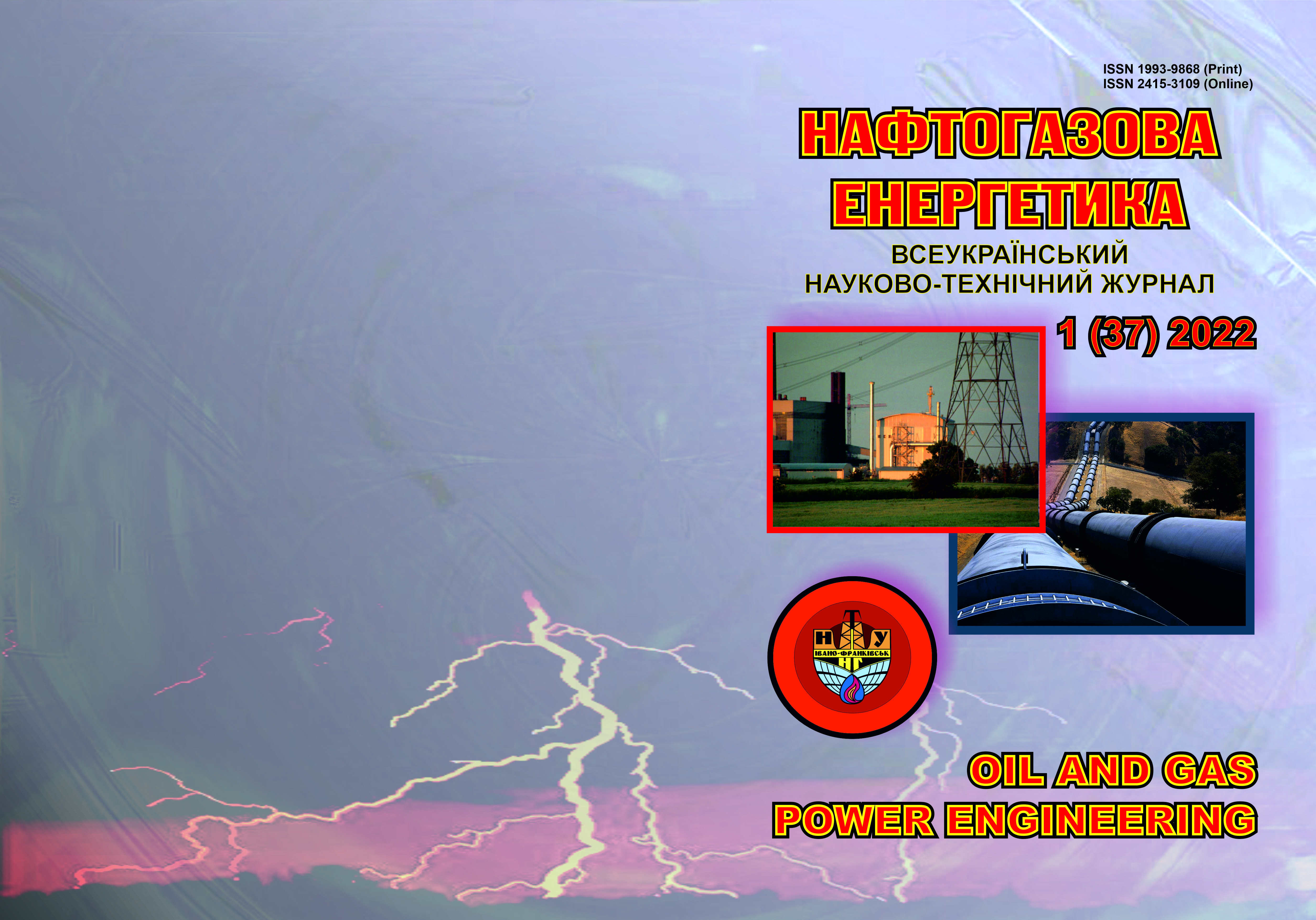Prospects for the use of 3d printing brushless electric motorfor experimental electric drives
DOI:
https://doi.org/10.31471/1993-9868-2022-1(37)-97-102Keywords:
Three-dimensional printing, Brushless machines, Magnetic cores, Stator, Finite element method (FEM)Abstract
The main steps for designing and building brushless direct current (BLDC) motor by using 3D printing technology is described in the paper. The main methods of creating 3D models and technologies that can be used for 3D printing of individual parts of a collectorless electric motor are described. The ways of creating the main parts of the electric motor, such as: rotor, stator, rotor mounting, etc. are presented. The properties of the materials from which the main parts of the 3D-printed electric motor were made are described. The ways of balancing the rotor and the scheme of stator winding are shown. Tests of the manufactured electric motor were performed on a specially created stand, which contained both electric and mechanical load in the form of groups of resistors with a resistance of 1 Ohm connected by a star and a commercial electric motor connected to the shaft obtained by 3D printing technology. Oscillograms of test modes: motor and generator are given. In the course of laboratory research the real parameters of the obtained product were established, namely: maximum and minimum power consumption, maximum possible generation power, maximum rotor speed and parameters of mechanical and thermal stability of the material from which the electric machine was made. Also, a finite element study was conducted, during which a physical model of the toroidal core was developed to determine the parameters required for inclusion in the mathematical model of the simulation of the magnetic flux distribution in the stator magnetic circuit. During the simulation of the distribution of the magnetic flux in the motor by the finite element method, the value of the magnetic permeability of the material used for the manufacture of the stator was determined. As a result, conclusions are made about the possibility of designing and creating a rotating electric machine and its use in experimental electrical installations.
Downloads
References
Zhang Z.-Y., Jhong K., Cheng C.-W., Huang P., Tsai M.-C., Lee W.-H. Metal 3d printing of synchronous reluctance motor. March 2016. 1125¬1128.
Huang P.-W., Tsai M.-C., Jiang I.-H. 3-d structure line-start synchronous reluctance motor design based on selective laser melting of 3-d printing. IEEE Transactions on Magnetics.
Vol. 07. P. 1-4.
doi: 10.1109/TMAG.2018.2849710.
Pyo H., Jeong J. W., Yu J., Lee S. G.,
Kim W. Design of 3d-printed hybrid axial-flux motor using 3d-printed smc core. IEEE Transactions on Applied Superconductivity. 2020. Vol. 30, No 4. P. 1-4.
Zastrow M. 3d printing gets bigger, faster and stronger. Nature. 2020. Vol. 578. P. 20-23.
doi: 10.1038/d41586-020-00271-6.
Shahrubudin N., Te Chuan L., Ramlan R. An overview on 3d printing technology. Technological, materials, and applications. 2019. Vol. 35, P. 1286-1296. doi: 10.1016/j.promfg.2019.06.089.
Taufik. M., Jain P. Role of build orientation in layered man¬ufacturing: A review. International Journal of Manufacturing Tech¬nology and Management. 2014. Vol. 27. P. 47-73. doi: 10.1504/IJMTM.2013.058637.
Laimer C. 600 watt, 3d-printed, halbach
array, brush¬less dc electric motor. Instructables. 2018. URL: https://www.instructables.com/id/600-Watt-3d-printed-Halbach-Array-Brushless-DC-Ele/ [Access date: 28-May-2020].
Tyler-Wood T. L., Cockerham D., Johnson K. R. Implementing new technologies in a middle school curriculum: a rural perspective. Smart Learning Env. 2018. Vol. 5. doi: 10.1186/s40561-018-0073-y.
Stakhiv H., Solomchak O., Stepien M., Lasek P. Analysis and Experimental Investigation of 3D Printed Electric Motor with Permanent Magnets. 2020 XI International Conference on Electrical Power Drive Systems (ICEPDS). 2020. P. 1-5. doi: 10.1109/ICEPDS47235.2020.9249306.
Stakhiv H., Solomchak O., Lasek P., Stepien M. FEM Simulation and Analysis of a Concept 3D Printed Electric Motor with Permanent Magnets. 2021 IEEE 19th International Power Electronics and Motion Control Conference (PEMC). 2021. P. 656-660. doi: 10.1109/PEMC48073.2021.9432529.
Downloads
Published
How to Cite
Issue
Section
License
Copyright (c) 2022 Oil and Gas Power Engineering

This work is licensed under a Creative Commons Attribution-ShareAlike 4.0 International License.


.png)






1.png)









